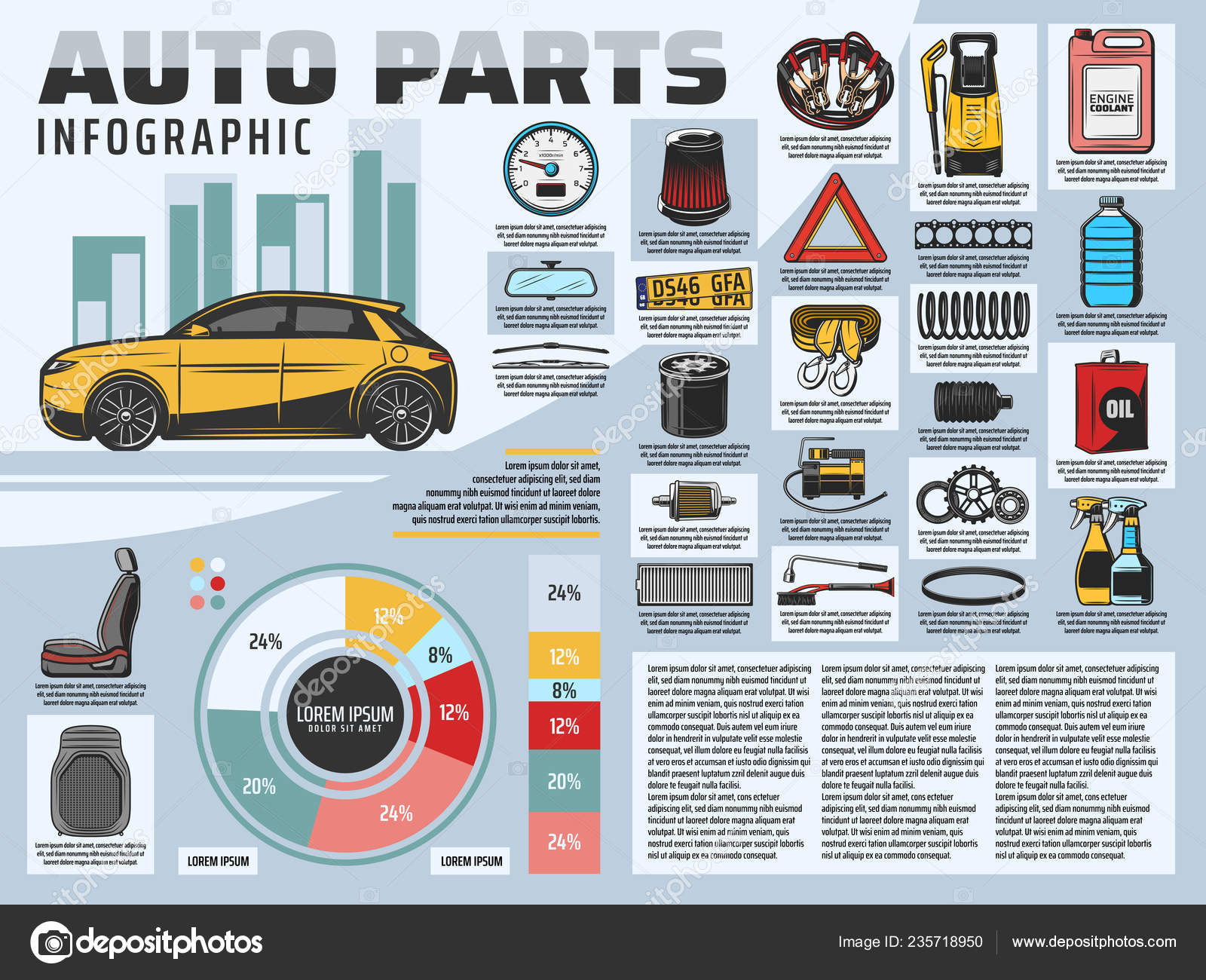Comprehending The Meaning Behind Your Automobile'S Caution Lights: A Comprehensive Appearance
Comprehending The Meaning Behind Your Automobile'S Caution Lights: A Comprehensive Appearance
Blog Article
Author-Lim Dalgaard
When you're behind the wheel, those radiant warning lights on your control panel can be a little bit perplexing. Do you recognize what they're attempting to inform you concerning your auto's wellness? Recognizing the relevance of these lights is crucial for your safety and the long life of your car. So, the next time one of those lights appears, wouldn't you intend to decode its message accurately and take the necessary steps to address it?
Common Warning Lighting and Interpretations
Identify common caution lights in your auto and comprehend their significances to ensure risk-free driving.
One of the most typical warning lights include the check engine light, which signals issues with the engine or discharges system. If this light begins, it's crucial to have your automobile examined without delay.
The oil pressure alerting light indicates reduced oil pressure, calling for immediate attention to prevent engine damages.
A flashing battery light may suggest a faulty billing system, possibly leaving you stranded if not resolved.
The tire pressure surveillance system (TPMS) light alerts you to reduced tire stress, impacting lorry security and gas efficiency. Disregarding this could result in harmful driving conditions.
The abdominal muscle light suggests a trouble with the anti-lock stopping system, compromising your capability to stop promptly in emergencies.
Lastly, the coolant temperature alerting light warns of engine getting too hot, which can result in severe damage if not dealt with swiftly.
Understanding these common caution lights will certainly assist you deal with issues quickly and preserve secure driving conditions.
Value of Prompt Focus
Understanding the usual warning lights in your automobile is just the very first step; the value of quickly resolving these warnings can not be stressed sufficient to guarantee your safety on the road.
When a caution light brightens on your dashboard, it's your cars and truck's way of communicating a prospective concern that requires focus. Neglecting straight from the source can lead to more extreme troubles later on, compromising your safety and possibly costing you a lot more in repairs.
Motivate focus to warning lights can avoid break downs and mishaps. For example, a blinking check engine light might suggest a misfire that, if left ignored, could create damage to the catalytic converter. Resolving this quickly can save you from a pricey fixing.
Likewise, https://www.chicago.gov/city/en/depts/bacp/supp_info/10_thingd_every_consumershouldknowaboutautorepair.html cautioning light may signify reduced brake liquid or worn brake pads, critical parts for your safety when driving.
Do It Yourself Troubleshooting Tips
If you observe a warning light on your control panel, there are a couple of DIY troubleshooting tips you can attempt before seeking specialist aid.
The very first step is to consult your cars and truck's manual to comprehend what the particular warning light shows. Occasionally the concern can be as straightforward as a loose gas cap activating the check engine light. Tightening the gas cap might settle the trouble.
An additional typical concern is a low battery, which can trigger numerous alerting lights. Examining the battery links for rust and guaranteeing they're safe and secure may repair the trouble.
If a caution light continues, you can try resetting it by separating the cars and truck's battery for a couple of minutes and afterwards reconnecting it. Furthermore, inspecting your lorry's liquid levels, such as oil, coolant, and brake fluid, can assist repair warning lights associated with these systems.
Verdict
In conclusion, comprehending your automobile's caution lights is important for keeping your automobile running efficiently and securely. By promptly addressing these notifies and recognizing what they indicate, you can stay clear of costly fixings and possible malfunctions.
Remember to consult your cars and truck's manual for particular details on each alerting light and act as necessary to make sure a hassle-free driving experience.
Keep notified, remain risk-free on the road!
